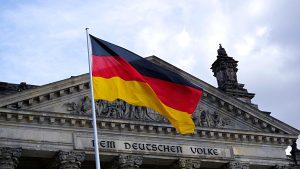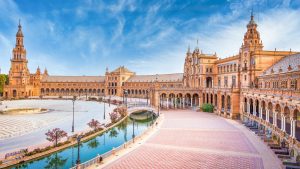As we enter into our third year of the COVID-19 pandemic, we continue to experience its consequences.
Even as Canada experienced a successful 2021, the ongoing pandemic still affects the country’s plans and goals for immigration. Travel restrictions and a major backlog of immigration applications are among the repercussions the country continues to deal with at present.
Despite these setbacks, however, Canada continues to maintain its focus on immigration, especially as a way to strengthen the country’s economic recovery. Solutions such as focusing on immigration candidates already residing in the country were among the major contributions to the success of the 2021 immigration year.
These innovations and more will likely come into play as the country faces another year in the pandemic.
Here’s what to 2022 holds for Canadian Immigration:
- Immigration Levels Plan 2022-2024 and 2023-2025
Canada will very likely get two immigration levels plan announcements in 2022. The plans will outline Canada’s targets for new permanent resident arrivals and what programs the new immigrants will arrive under. Under the current plan, Canada is looking to welcome 411,000 new immigrants in 2022 and 421,000 in 2023, however these figures may be revised when the federal government unveils their new levels plans.
- Express Entry
Given the uniqueness of the 2021 Express Entry year, 2022 might have even more unusual developments in store. Canada may continue to focus on Canadian Experience Class and Provincial Nominee Program candidates only, or finally address the growing number of foreign skilled worker applications.
- Backlogs
The IRCC is currently experiencing a major backlog of 1.8 million immigration applications. Prime Minister Trudeau has highlighted the importance of improving processing times in his new mandate letter to Immigration Minister Fraser.
- TEER System to Replace NOC Skill Levels
IRCC and Employment and Social Development Canada (ESDC) is set to replace the current National Occupation Classification (NOC) system this autumn. Moving forward, Canada plans to utilize the Training, Education, Experience, and Responsibilities (TEER) system to classify occupations. This new system is set to affect immigration and foreign worker eligibility for some individuals, but IRCC and ESDC is set to provide guidelines regarding the new system.
- Citizenship applications
In his latest mandate letter, PM Trudeau reiterated the government’s commitment towards free Canadian citizenship applications. IRCC has also committed to allowing citizenship candidates, including families, to submit their applications online in light of the current situation.
- PGP 2022
IRCC has yet to announce the 2022 Parents and Grandparents Program (PGP), but Canada will continue to admit at least 23,500 immigrants through the PGP this year.
- Travel rules
Travel rules and restrictions continue to adjust in response to the COVID-19 pandemic.
How to Apply
Canada continues to maintain an open, positive, and multicultural attitude toward immigration. If you’re interested in a post-pandemic future in Canada, and would like to learn more about the various immigration pathways to permanent residency, feel free register for one of our private online discussions. Register to an orientation for free here.
Like and follow our Facebook page or join our LinkedIn community to get the latest updates on immigration news.



